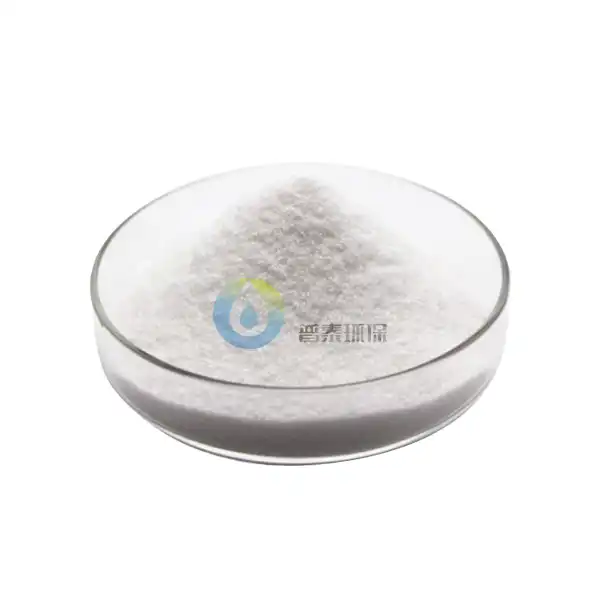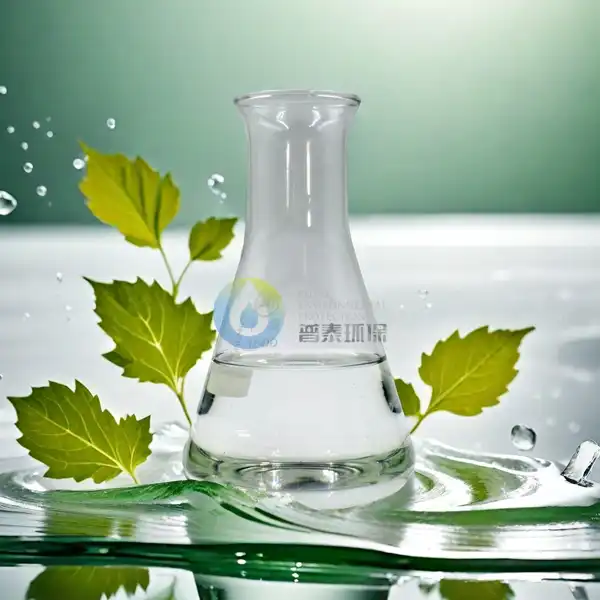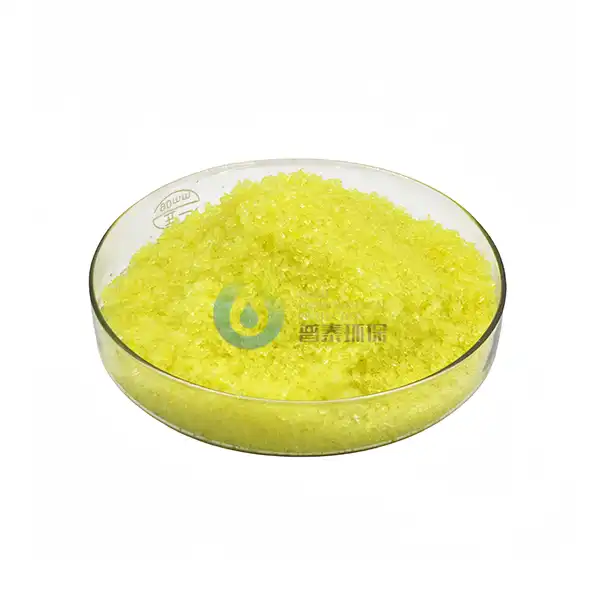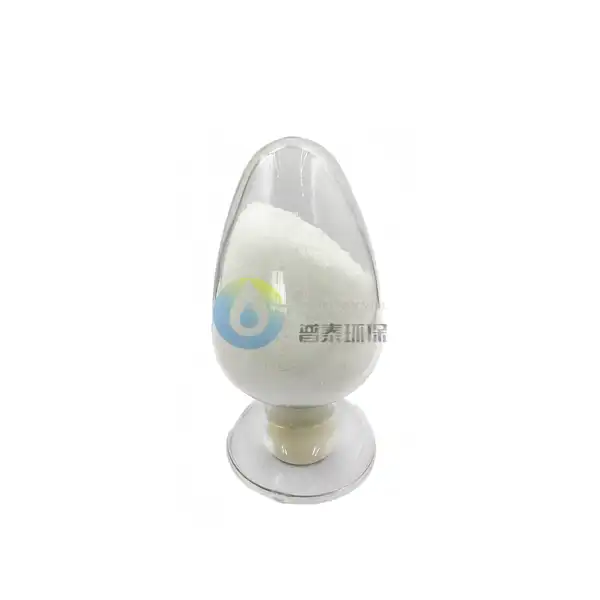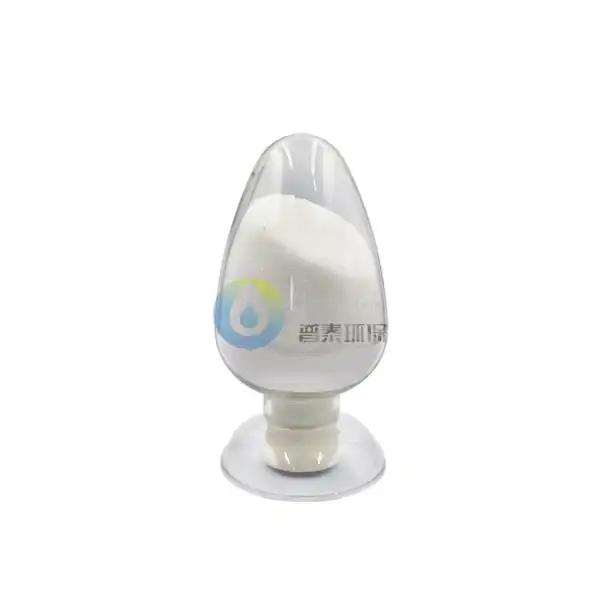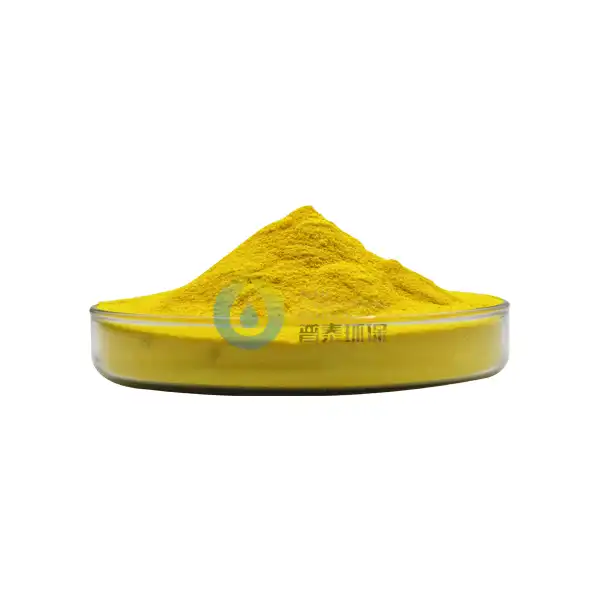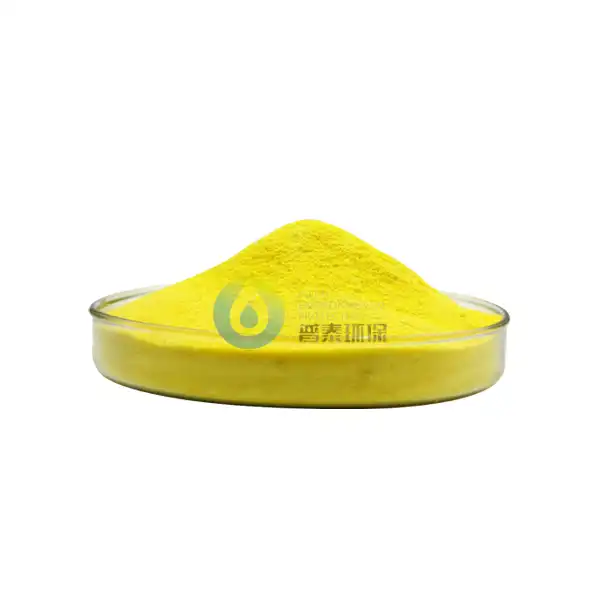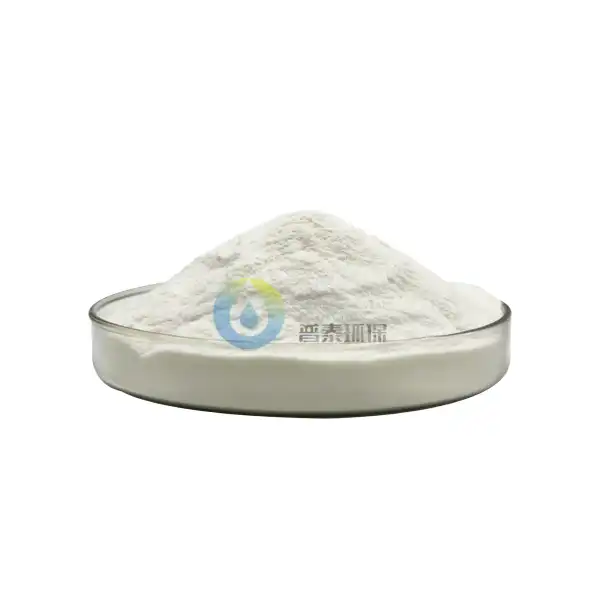How Does Poly Aluminium Chloride Powder Affect PH Levels?
Poly Aluminium Chloride (PAC) powder is a widely used water treatment chemical that plays a crucial role in managing pH levels in various water systems. As an inorganic polymer coagulant, PAC powder has garnered significant attention in the water treatment industry due to its effectiveness in clarifying water by removing suspended particles and impurities. One of the key aspects of PAC powder's functionality is its ability to influence and stabilize pH levels in water treatment processes, making it an invaluable tool for both industrial and municipal water treatment facilities worldwide.
What is the optimal pH range when using Poly Aluminium Chloride Powder?
Understanding pH importance in water treatment applications
The effectiveness of Poly Aluminium Chloride Powder is significantly influenced by the pH level of the water being treated. In water treatment applications, the optimal pH range when using Poly Aluminium Chloride Powder is generally between 5.5 and 8.5. Within this range, PAC powder demonstrates superior coagulation performance compared to traditional coagulants like aluminum sulfate. The advantage of Poly Aluminium Chloride Powder lies in its pre-hydrolyzed nature, which allows it to function effectively across a broader pH spectrum than conventional aluminum-based coagulants. This characteristic is particularly valuable in treatment facilities that experience fluctuating influent water quality or when treating water sources with naturally varying pH levels.
Factors affecting optimal pH when dosing PAC powder
Several factors influence the optimal pH when dosing Poly Aluminium Chloride Powder. The basicity of the specific PAC powder product is a primary consideration, as different formulations contain varying percentages of aluminum hydroxide, which directly impacts pH behavior. Typically, PAC products with higher basicity (60-85%) function more effectively at higher pH ranges. The raw water characteristics also play a crucial role in determining the optimal pH range for PAC powder application. Waters with high organic content, heavy metal contamination, or significant turbidity may require specific pH adjustments. Temperature is another significant factor, as colder water temperatures often necessitate closer pH control for effective coagulation with PAC powder.
Practical methods for pH adjustment when using PAC
Maintaining the optimal pH range when using Poly Aluminium Chloride Powder requires systematic approaches to pH adjustment and monitoring. Common pH adjustment chemicals include sodium hydroxide, sodium carbonate, and lime for increasing pH, while sulfuric acid, hydrochloric acid, or carbon dioxide may be utilized for pH reduction. The dosing sequence is critical; in most applications, pH adjustment chemicals should be added prior to PAC powder introduction. Continuous monitoring using calibrated pH probes is essential for maintaining consistent pH control, with many modern treatment facilities implementing automated feedback control systems that adjust chemical dosing rates based on real-time pH measurements.
How does Poly Aluminium Chloride Powder compare to other coagulants in pH impact?
Comparing PAC powder vs. aluminum sulfate (alum) pH effects
Poly Aluminium Chloride Powder and aluminum sulfate exhibit distinct differences in their impact on water pH levels. When added to water, traditional alum undergoes complete hydrolysis, releasing hydrogen ions that significantly decrease pH, often necessitating additional alkalinity supplementation. In contrast, Poly Aluminium Chloride Powder is pre-hydrolyzed during manufacturing, causing less dramatic pH depression compared to alum and typically consuming 30-50% less alkalinity. The pH stability provided by Poly Aluminium Chloride Powder translates to more consistent treatment performance, particularly in low-alkalinity waters. Another notable difference is that alum generally performs optimally within a narrower pH range (typically 5.5-6.5), while Poly Aluminium Chloride Powder maintains effective coagulation across a broader pH spectrum (5.0-8.5).
PAC powder vs. ferric coagulants: pH considerations
When comparing Poly Aluminium Chloride Powder with ferric-based coagulants, several notable pH-related differences emerge. Ferric coagulants typically cause significant pH depression, often more pronounced than even aluminum sulfate, requiring substantial alkalinity for pH buffering. Poly Aluminium Chloride Powder causes considerably less pH reduction, making it more suitable for waters with limited natural alkalinity. The optimal pH range for ferric coagulants generally falls between 4.0-6.0, while Poly Aluminium Chloride Powder performs well across a wider pH spectrum extending into the neutral and slightly alkaline ranges (5.5-8.5). Color considerations also factor into coagulant selection—ferric coagulants impart a characteristic reddish-brown color that can persist at higher pH values, whereas Poly Aluminium Chloride Powder typically produces a white or colorless precipitate regardless of pH conditions.
The role of PAC basicity in pH management
The basicity of Poly Aluminium Chloride Powder plays a fundamental role in its pH impact and overall performance. Basicity—defined as the ratio of hydroxide to aluminum in the PAC molecular structure—typically ranges from 40% to 85% in commercial products and directly influences how the coagulant interacts with water chemistry. Higher basicity Poly Aluminium Chloride Powder products (>70%) contain more pre-formed hydroxide bridges, resulting in less pronounced pH depression and reduced alkalinity consumption. This characteristic makes high-basicity PAC powder particularly valuable for treating low-alkalinity waters where pH stability is challenging to maintain. Treatment plant operators frequently select specific PAC basicity formulations based on raw water characteristics, with higher basicity products preferred for waters with limited buffering capacity.
When should pH be adjusted before or after adding Poly Aluminium Chloride Powder?
Understanding coagulation chemistry and timing of pH adjustment
The timing of pH adjustment relative to Poly Aluminium Chloride Powder addition significantly influences coagulation efficiency through complex chemical interactions. Pre-adjustment of pH creates a controlled environment where Poly Aluminium Chloride Powder can immediately form optimal floc structures upon addition, particularly important when treating waters with extreme pH values. The hydrolysis reactions of Poly Aluminium Chloride Powder progress through several stages, with initial rapid formation of aluminum hydroxide species followed by slower polymerization and precipitation reactions—each stage being pH-dependent. For waters with high alkalinity or buffering capacity, simultaneous addition of Poly Aluminium Chloride Powder and pH adjustment chemicals may be effective, as the local pH changes occur gradually enough to maintain favorable coagulation conditions.
Case studies: pH adjustment strategies with PAC powder
Water treatment facilities have documented successful pH adjustment strategies when using Poly Aluminium Chloride Powder across diverse water quality challenges. A municipal water treatment plant in northern China implemented a pre-adjustment strategy, raising pH to 7.2-7.8 before Poly Aluminium Chloride Powder addition during winter operations, resulting in 15% lower PAC dosage requirements. Conversely, a paper mill in Europe treating high-hardness process water found that post-PAC pH adjustment was more effective, as the initial lower pH facilitated superior removal of dissolved organic compounds. A drinking water treatment plant in Australia implemented a dual-point pH adjustment strategy—partial alkalinity addition before Poly Aluminium Chloride Powder dosing followed by final pH correction after sedimentation—which provided operational flexibility while reducing overall chemical costs by 18%.
Monitoring and control systems for optimal pH with PAC
Implementing sophisticated monitoring and control systems is essential for maintaining optimal pH conditions when using Poly Aluminium Chloride Powder. Modern treatment facilities utilize continuous online pH analyzers with multiple sampling points to provide real-time pH profile monitoring throughout the treatment process. Advanced supervisory control and data acquisition (SCADA) systems integrate pH measurements with turbidity, flow rate, and other water quality parameters to automatically adjust chemical feed rates, maintaining optimal conditions for Poly Aluminium Chloride Powder performance despite varying influent characteristics. Regular calibration and maintenance protocols for pH sensors are critical, with many facilities adopting automated cleaning systems and scheduled verification procedures to ensure accuracy when controlling Poly Aluminium Chloride Powder application.
Conclusion
Poly Aluminium Chloride Powder significantly influences pH levels in water treatment processes, offering advantages over traditional coagulants through its pre-hydrolyzed structure and reduced alkalinity consumption. With an optimal operational pH range of 5.5-8.5, PAC powder provides greater flexibility across diverse water conditions while requiring careful monitoring and strategic pH adjustment. Understanding the relationship between PAC basicity, timing of pH adjustments, and specific water characteristics is essential for maximizing treatment efficiency and maintaining consistent water quality outcomes.
Xi'an Putai Environmental Protection Co., Ltd. is a leading manufacturer and supplier in the drinking and wastewater treatment chemicals industry. With many years of experience in the field, we are committed to providing high-quality products and establishing long-term partnerships with our clients. Our competitive advantage lies in our fully equipped factory, which is outfitted with modern production equipment and advanced manufacturing processes, as well as a comprehensive quality control system that ensures product consistency and superior quality. Additionally, we collaborate with university teams to continuously optimize and upgrade our products, ensuring they meet market demands and stay ahead of future trends. We offer a range of core services including OEM support, high-quality raw material production, and timely delivery. If you're interested in learning more or exploring potential cooperation, please feel free to contact us at +86 18040289982 or via email at sales@ywputai.com. We look forward to the opportunity to work with you.
References
1. Wang, L., & Zhang, J. (2023). Comparative analysis of aluminum-based coagulants: Impact on pH and alkalinity in municipal water treatment. Journal of Water Chemistry and Technology, 45(3), 217-229.
2. Zhao, Y., Yang, H., & Liu, C. (2022). Optimization of pH conditions for enhanced performance of polyaluminium chloride in turbidity removal. Water Science and Technology, 86(2), 354-368.
3. Chen, G., & Williams, M. (2021). Effects of polyaluminium chloride basicity on coagulation performance and pH stability in drinking water treatment. Environmental Technology & Innovation, 24, 101-115.
4. Rodriguez-Garcia, A., & Thompson, K. (2023). Real-time pH monitoring systems for optimizing PAC dosage in water treatment facilities. Water Research, 218, 119-131.
5. Kumar, P., Singh, V., & Patel, H. (2022). Comparison of pH effects between ferric and aluminum-based coagulants in surface water treatment. Journal of Environmental Chemical Engineering, 10(5), 108233.
6. Li, X., & Mahapatra, S. (2024). Advanced control strategies for pH management in coagulation processes using polyaluminum chloride powder. Chemical Engineering Journal, 467, 142-156.
